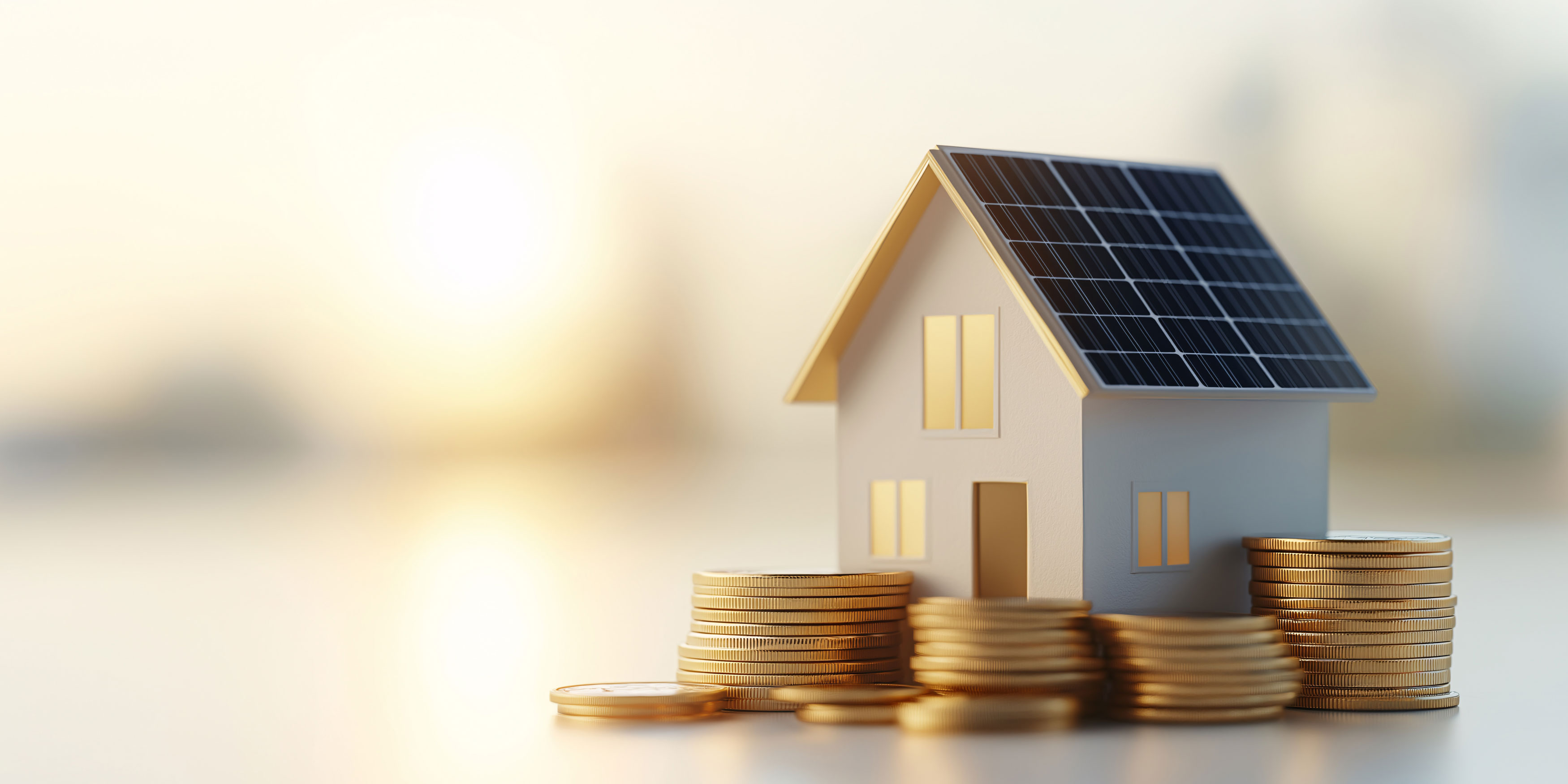
With energy prices rising, there has never been a better time to invest in solar power. Thanks to the UK Smart Export Guarantee (SEG), homeowners can now generate income by selling excess solar electricity back to the grid.
At O’Keeffe Building Services - Solar Division, we are a trusted MCS-certified installer, ensuring that our clients qualify for the SEG and receive the maximum returns from their solar investment.
The UK Smart Export Guarantee (SEG) is a government-backed initiative designed to support private homeowners and businesses that generate renewable electricity. Introduced in January 2020, the SEG ensures that individuals and organisations exporting surplus electricity to the National Grid receive financial compensation. This scheme replaces the previous Feed-in Tariff (FiT) system, shifting the focus from fixed payments to a market-driven approach where electricity suppliers determine their own competitive rates.
The Smart Export Guarantee applies to households and businesses that generate electricity using small-scale renewable energy technologies like solar panels.
To qualify for SEG payments, the renewable energy system must have a total capacity of up to 5 megawatts (MW) (or 50 kilowatts (kW) for micro-CHP). The installation must also be MCS-certified (Microgeneration Certification Scheme) or meet equivalent standards, ensuring compliance with industry regulations and efficiency benchmarks.
Under the SEG, all licensed electricity suppliers with over 150,000 customers are legally required to offer export tariffs. However, these suppliers set their own rates and contract terms, leading to competition in the market. This means that SEG payments vary based on the supplier, with some offering higher rates than others.
The SEG is a market-based mechanism. Payments depend on factors such as:
Consumers can shop around and switch suppliers to secure the best possible SEG rate, ensuring maximum financial returns for their exported electricity.
The SEG plays a vital role in decarbonising the UK’s electricity supply and supporting the country’s transition to a low-carbon energy system. Key benefits include:
The Smart Export Guarantee is a key policy tool in the UK’s drive toward a sustainable, low-carbon future. By providing competitive export payments, it encourages households and businesses to invest in renewable energy technologies, thereby reducing dependence on fossil fuels and lowering carbon emissions.
An individual homeowner, with solar solutions installed by an MCS-accredited contractor, can benefit from the Smart Export Guarantee (SEG) in multiple ways, primarily through financial savings, reduced energy bills, and environmental impact.
Earning Money from Surplus Electricity
If a homeowner installs solar panels, a wind turbine, or another renewable energy system, they can sell any unused electricity back to the National Grid through the SEG. This means:
Lowering Energy Bills
A significant portion of generated electricity can be used directly in the home, reducing the amount of energy that needs to be purchased from the grid. This results in:
Choosing the Best SEG Tariff for Maximum Returns
Since different suppliers offer different SEG tariffs, homeowners can compare rates and switch suppliers to secure the best deal. Some suppliers offer fixed export rates, while others link payments to market prices.
Energy Storage for Greater Control
Investing in a home battery storage system allows homeowners to:
Environmental Benefits
Using renewable energy at home
Increased Property Value
Homes with solar panels or other renewable energy systems are often more attractive to buyers, as they promise:
To qualify for the Smart Export Guarantee (SEG), homeowners must meet a few key requirements.
At O’Keeffe Building Services - Solar Division, all our installations meet these qualifications, allowing our clients to benefit from the SEG without any hassle.
As a division of O’Keeffe Building Services, O’Keeffe Solar is dedicated to providing high-quality, sustainable solar energy solutions for homes and businesses.
Leveraging our expertise in renewable energy and dedication to excellence, we design and install high-efficiency solar systems that lower energy costs and minimise environmental impact.
O’Keeffe Solar is MCS-accredited, ensuring our installations adhere to strict industry standards for quality and performance, providing you with a reliable and efficient solar system you can trust.
Whether you aim to reduce your carbon footprint or gain energy independence, O’Keeffe Solar provides dependable, cost-effective solar solutions designed to meet your specific needs.
To discuss your solar project, get in touch with O’Keeffe Building Services today:
• Phone: 0115 977 1188
• Email: info@okeeffe.uk.com
• Website: www.okeeffe.uk.com
Let’s build a greener future together!
